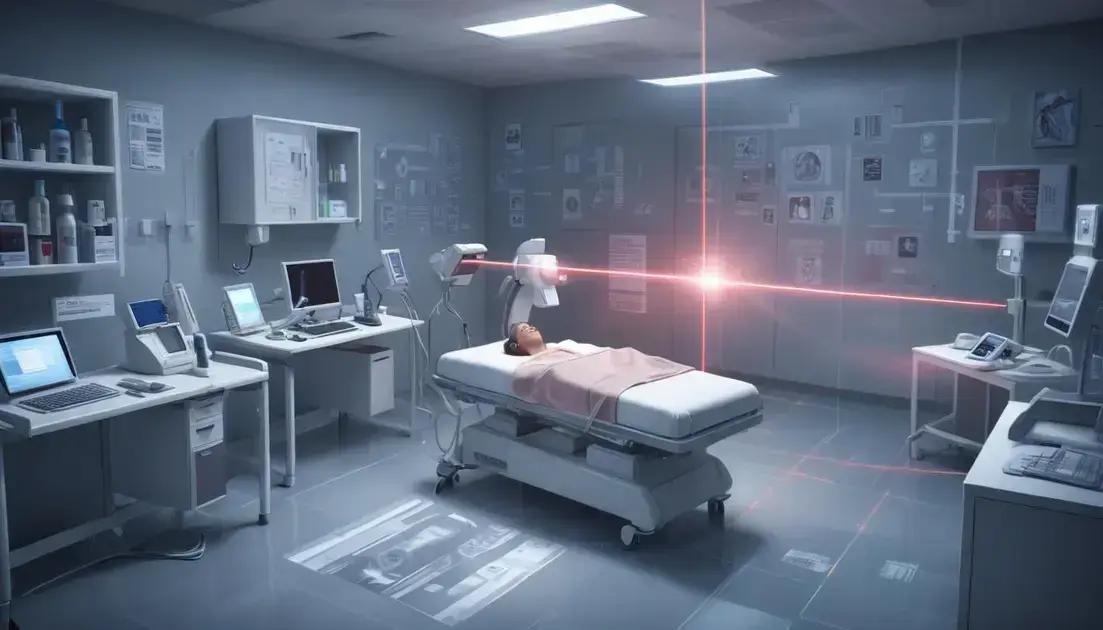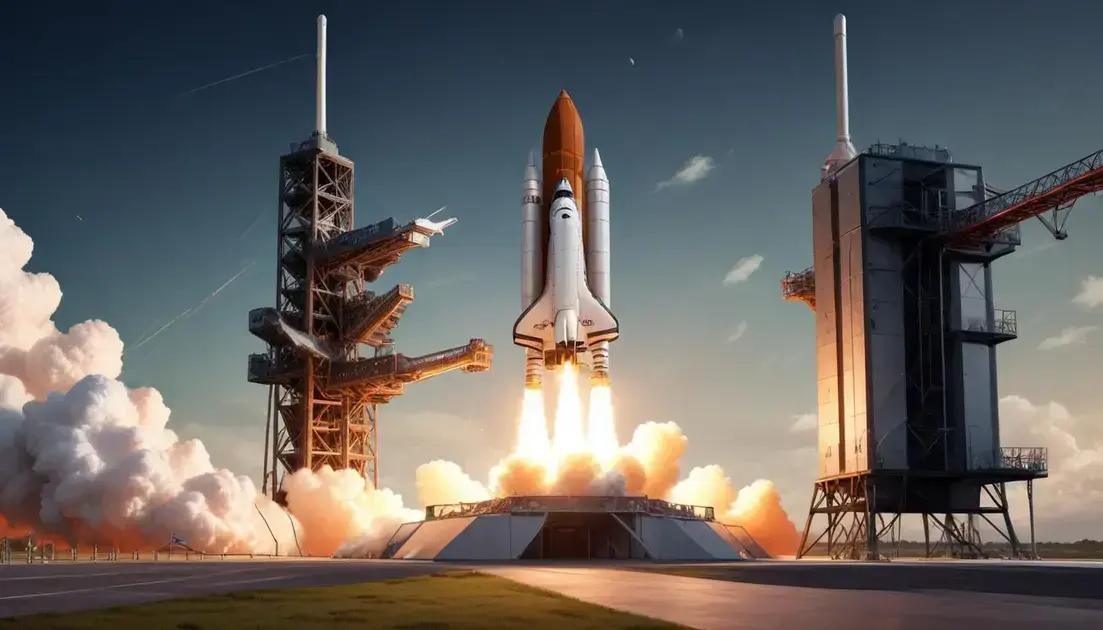
Laser: From Fiction to Everyday Technology
Laser technology has evolved significantly, impacting various fields like medicine, communication, and retail. In medicine, lasers are used for precise surgeries and treatments, enhancing patient care. In communication, laser technology improves internet speed through fiber-optic cables. Retail businesses benefit from laser barcode scanning, making transactions quicker and efficient. The future of laser technology promises innovations that will further enhance these applications, making our interactions and processes faster and more efficient.
Laser technology has taken a giant leap from the pages of science fiction into our everyday lives, sparking a revolution in various fields. Ever wondered how a simple beam of light can make such a profound difference?
Introduction to Laser Technology
Laser technology has transformed many aspects of our lives. It all began with scientific curiosity. Scientists wanted to create focused light beams. This dream became a reality in the 1960s when the first lasers were built.
Today, lasers are found everywhere, from medicine to industry. They help doctors perform precise surgeries with minimal damage. In retail, lasers scan barcodes quickly and accurately, speeding up the checkout process.
Have you ever wondered how lasers work? They generate light through a process called stimulated emission. This means that atoms release light energy when energized. The result? A powerful and concentrated beam of light.
Lasers also improve communications. They send data over long distances at high speeds. This is especially useful for internet connections and fiber optics. With lasers, the world becomes more connected.
As we move forward, laser technology will likely keep changing our lives. New applications and advancements will continue to surface. The future seems bright—and it’s all thanks to lasers!
History of Laser Development
The history of laser development is fascinating and full of innovation. It all started in 1917 with Albert Einstein’s theory. He proposed the idea of stimulated emission. This laid the groundwork for the laser.
Fast forward to the 1950s, scientists began to explore this idea in practical ways. In 1960, the first working laser was created by Theodore Maiman. He used a ruby crystal to produce a pulse of light.
By the 1960s, lasers started to gain attention. They became popular in various fields, including medicine and telecommunications. Researchers found many uses for lasers in these areas.
In the 1970s, new types of lasers were developed. These included semiconductor and fiber lasers. They were smaller and more efficient than earlier models. This made lasers more accessible and practical for everyday use.
Today, lasers are everywhere. They’re in barcode scanners, CD players, and surgical equipment. Thanks to ongoing research, the technology keeps evolving. This exciting journey shows how creativity and science work together.
Applications in Medicine
Applications in medicine are one of the most exciting uses of laser technology. Surgeons use lasers for many procedures because they are precise and effective. For example, lasers can cut tissue without causing much damage to surrounding areas.
One common use is in laser eye surgery. This treatment helps people with vision problems, like nearsightedness. The laser reshapes the cornea, allowing patients to see clearly without glasses.
Another important application is in cancer treatment. Lasers can destroy tumors or shrink them before surgery. This can help make surgery easier and safer.
Lasers also help with skin treatments. They can remove scars, tattoos, and unwanted hair. Patients appreciate these non-invasive options, as they often mean less pain and quicker recovery times.
Dental procedures benefit from lasers too. Dentists use them to treat cavities and perform gum surgery. This method often results in less anxiety and discomfort for patients.
As we look ahead, laser applications in medicine will keep expanding. Researchers are always finding new ways to use this amazing technology to improve health and wellness.
Use in Barcode Scanning
Use in barcode scanning is one of the most practical applications of laser technology. Retailers and warehouses rely on lasers to read barcodes quickly and accurately. This speeds up the checkout process and helps manage inventory.
Lasers work by shining a light on the barcode. When the light hits the barcode’s dark and light patterns, it reflects back. The scanner reads these reflections and converts them into data.
Thanks to laser scanners, cashiers can scan items in a flash. This reduces wait times for customers and makes shopping smoother. It’s also a big help in managing stock levels. Workers can easily scan products on shelves to keep track of what’s available.
In addition, laser barcode scanners are durable and can handle various environments. They’re often used in warehouses where speed and accuracy are crucial. These scanners help businesses keep track of products without much hassle.
As technology advances, we can expect even better barcode scanners. They could become more portable and faster, making shopping and inventory management even easier for everyone.
Communication Advances
Communication advances have greatly benefited from laser technology. Lasers enable fast and reliable data transmission across long distances. One of the most important uses is in fiber-optic cables.
Fiber optics use thin strands of glass or plastic to transmit light signals. These signals carry data much faster than traditional copper cables. This is why internet speeds have increased so much in recent years.
Lasers send signals through these fiber cables. The light pulses travel at incredible speeds, allowing for quick communication. This technology supports everything from phone calls to streaming videos.
In addition to internet communication, lasers are also key in satellite technology. They help transmit signals between satellites and Earth. This connection is vital for GPS, weather forecasting, and global communication.
As we move forward, we can expect more innovations in communication using laser technology. New methods might make connections even faster and more secure, changing how we interact with the world.
Future of Laser Technology
The future of laser technology looks very promising. As science continues to advance, lasers will become even more powerful and versatile. Researchers are exploring new materials and methods to enhance laser capabilities.
One exciting area is in communication. With faster lasers, we can expect quicker internet speeds and more reliable connections. This will change how we connect worldwide.
In medicine, lasers are becoming better at performing surgeries with less recovery time. New techniques are being developed to treat more conditions effectively.
Lasers are also finding their way into everyday products. From home appliances to entertainment, they will enhance our daily lives. For example, laser projectors are becoming popular for high-quality home viewing experiences.
Moreover, as industries focus on sustainability, lasers might reduce waste in manufacturing processes. This could lead to more eco-friendly production methods and lower costs.
As we look ahead, the possibilities are vast. Innovation will keep pushing the boundaries of what lasers can achieve, making our lives simpler and more connected.
Conclusion
In conclusion, the evolution of laser technology has transformed many aspects of our lives. From medical applications to communication advances, lasers are changing how we live and work. They make processes more efficient, improve healthcare, and enhance our daily experiences.
As we look to the future, the potential for lasers is exciting. Innovations will keep emerging, leading to new uses we can’t yet imagine. By embracing these advancements, we can look forward to a world where technology continues to improve our lives in remarkable ways.
It’s clear that the journey of laser technology is just beginning. By staying curious and open to new developments, we can all benefit from the many possibilities that lie ahead.


